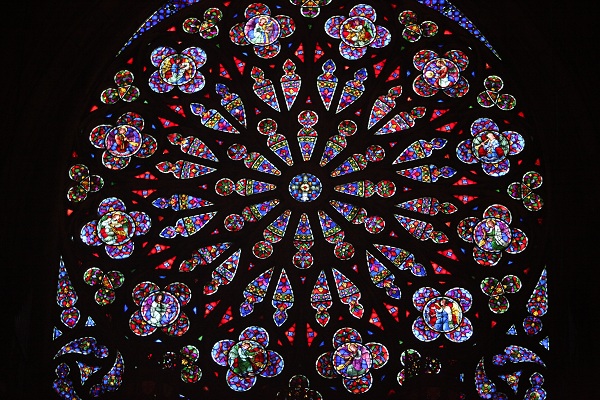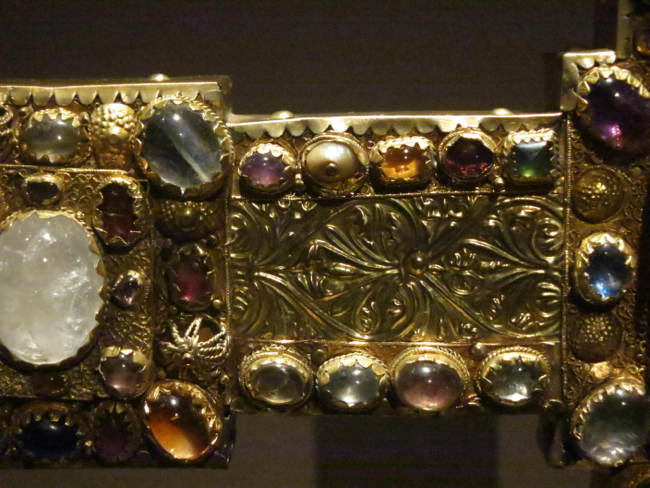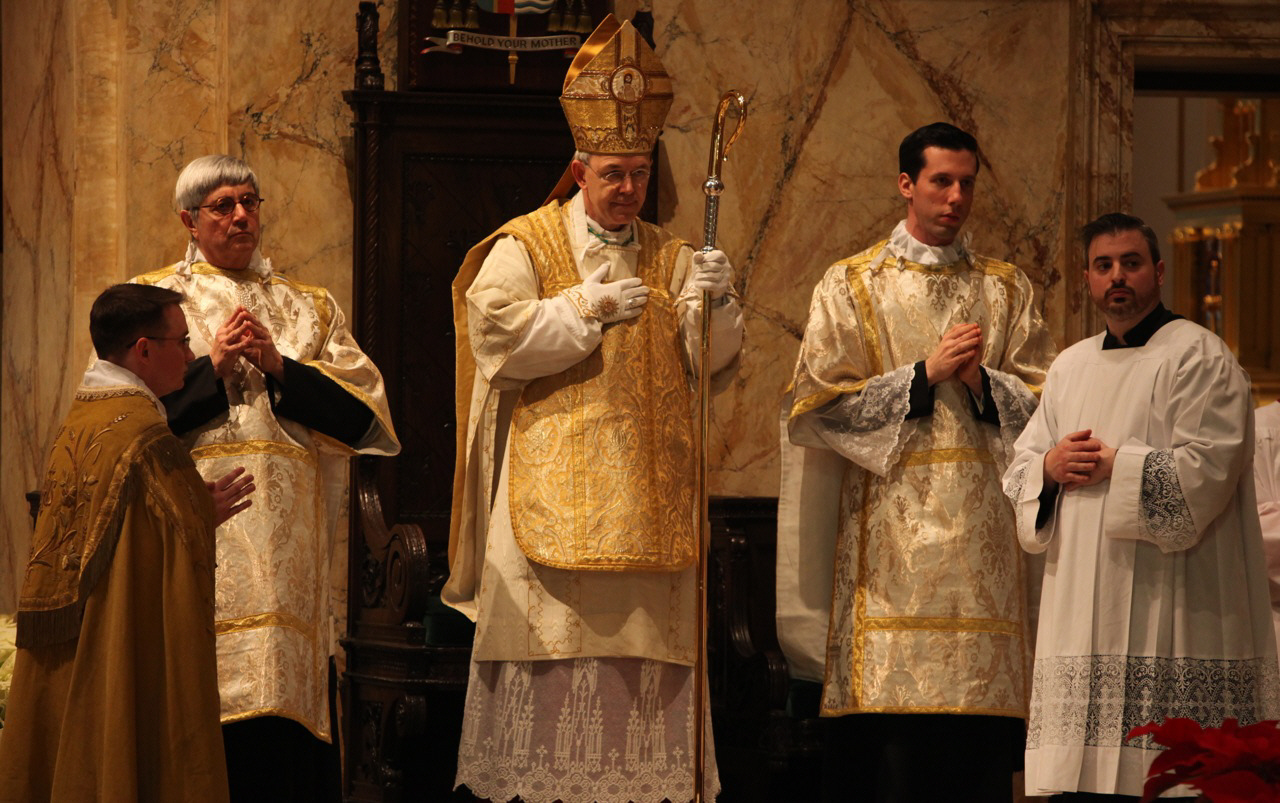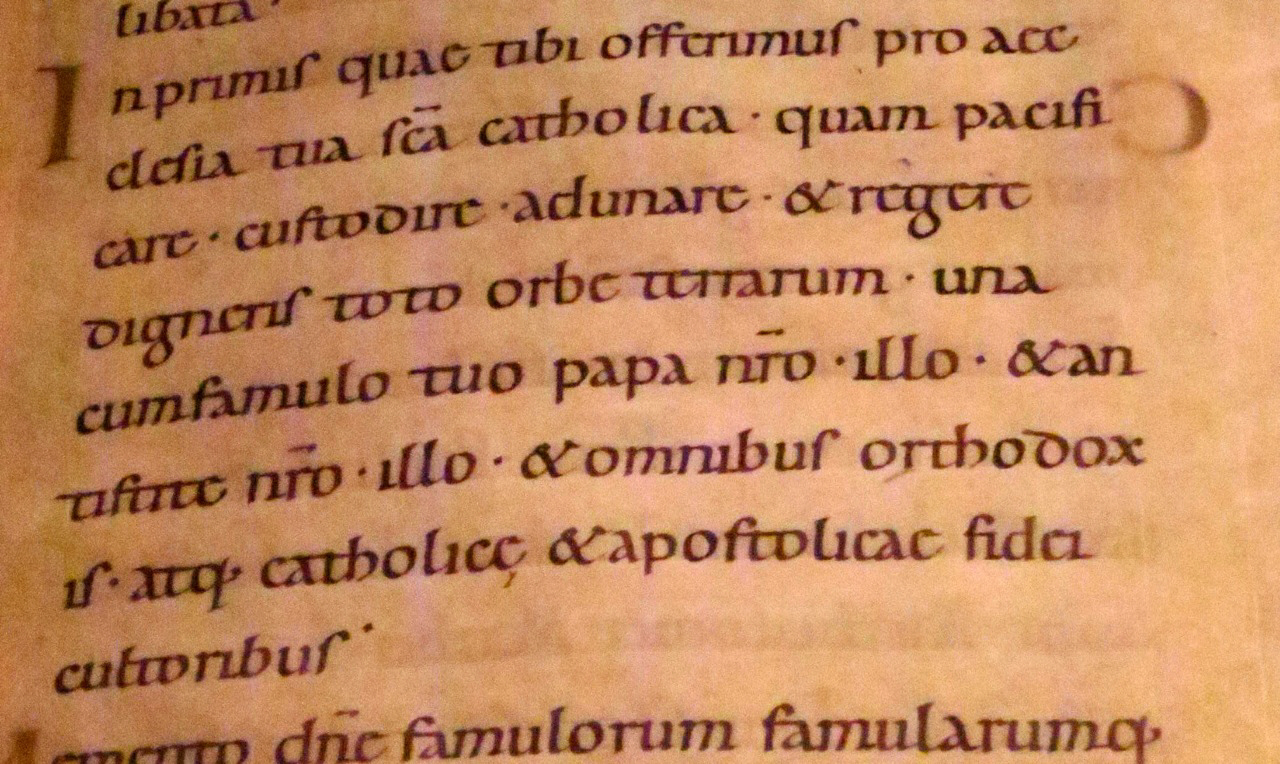July 1-4, 2025
St. Patrick’s Seminary, Menlo Park, California
Fons et Culmen Sacred Liturgy Summit gathers together Catholics who love Christ, the Church, and the Church’s sacred liturgical tradition for
- the solemn celebration of the Mass (Novus Ordo) and Vespers ;
- insightful talks on the sacred liturgy, liturgical formation, and the sacred liturgical arts;
- and fellowship to build fraternal bonds through which the clergy, religious, and lay faithful can support the Church and one another in their promotion of the sacred liturgy.
Fons et Culmen
At the heart of the Summit is the solemn pontifical celebration of the sacred liturgy, both Mass (Novus Ordo) and Vespers .
The conference liturgies feature a special emphasis on excellence in ars celebrandi, superb preaching, beautiful sacred music rendered from the Church’s treasury throughout the ages by a professional choir, and the opportunity to sing Vespers in common.
Clergy attendees, supported by letters of good standing, are welcome and encouraged to assist at conference liturgies.
Lectures
Featuring lectures from prominent prelates, clergy, and laity from around the world, the talks of the Summit will offer timely insight into the nature of the sacred liturgy, its ars celebrandi, liturgical formation, the sacred liturgical arts (music, art, and architecture), and the role of the sacred liturgy in the lives of the Church’s clergy and faithful.
Speakers and celebrants include: Robert Cardinal Sarah, Archbishop Salvatore Cordileone, Dom Benedict Nivakoff, Dr. Jennifer Donelson Nowicka, Dr. Michael Foley, and DIno Marcantonio
Fellowship
Designed to foster conversation amongst attendees and speakers, the Summit schedule features time for shared meals and conversational fora.
The fora, moderated by conference hosts, will engage participants, prelates and clergy in attendance, and Summit speakers in discussion about the practicalities of the promotion of the sacred liturgy and liturgical formation in their parishes and schools.
For further information and to register: link







